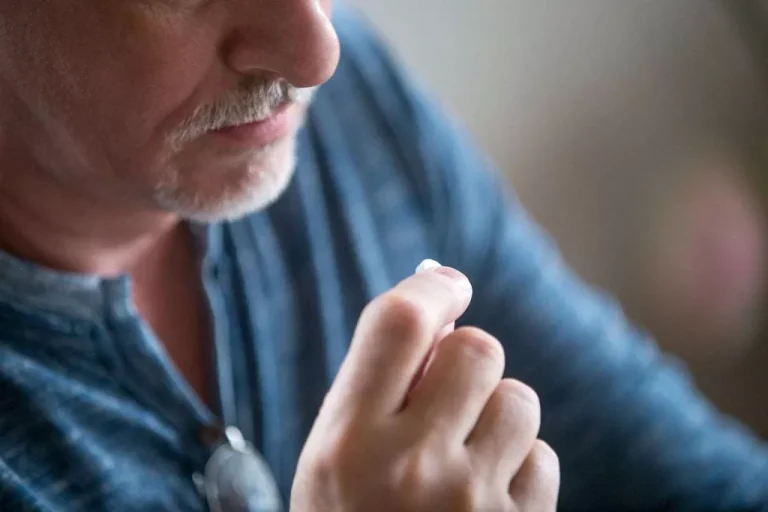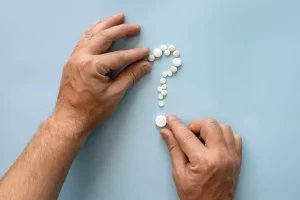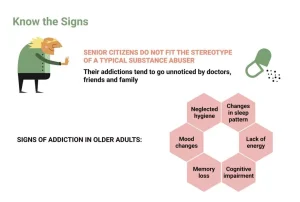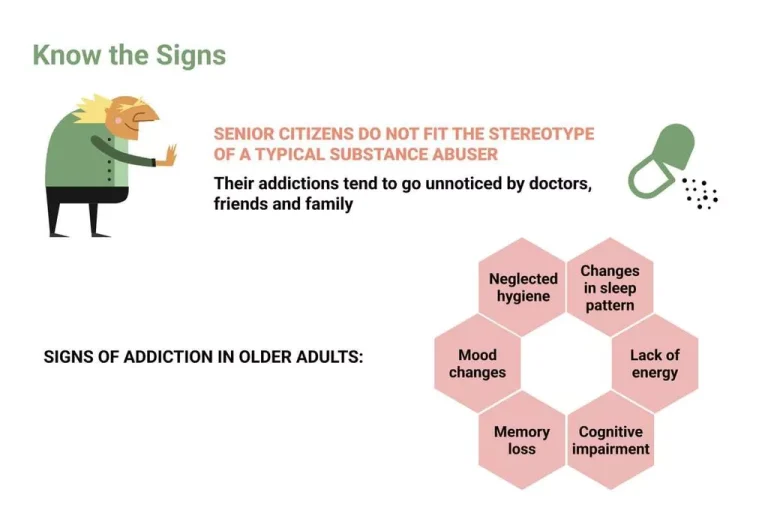Почему эскортессы предлагают эксклюзивные услуги по подписке: зачем это нужно и как это работает?
January 14, 2025Test title
February 3, 2025
Despite its many charms, life in Point Roberts comes with everyday logistical challenges. In 2020, as Covid-19 upended their lives in Portland, Neil lost his job as a restaurant manager and battled long Covid, while Krystal had to pause her in-home behavioral therapy work to protect his health. She describes a childhood filled with family, nature and animals — her aunts, uncles and cousins lived nearby, and they even rode horses to school from time to time.
The anxiolytic effect of alcohol in visual–emotional brain areas

These drinkers may be using alcohol to cope with other problems in their life, particularly those related to anxiety and depression. Coping drinkers are more likely to be female, drink more heavily and experience more alcohol-related problems than those who drink for other reasons. Given alcohol’s prevalence across most human cultures, it seems unlikely people will abstain en masse. The key is cultivating a healthy relationship with alcohol so that drinking remains an occasional social experience free of adverse outcomes.
- Someone might dread the tossing and turning that comes with insomnia.
- There, alcohol goes to work on almost every part of your cerebrum, affecting mood and perception, motor skills and judgment.
- After drinking, they have no influence over how much alcohol they drink.
Does drinking make you a good person?

So, most people drink Alcoholics Anonymous alcohol for the first time at some social event like a friend’s gathering or wedding and then get addicted to it. The first two are considered negative drinking motives and relate to winding down—using alcohol to “deal with it,” whatever “it” is for you. The latter two are referred to as positive drinking motives and relate to winding up—using alcohol for fun. It’s easy to see alcohol consumption being a result of thousands of years of ritual and a lifetime of habit. But have you ever stopped to consider why it is you choose to drink? Knowing what motivates people to drink is important to better understanding their needs when it comes to encouraging them to drink less, or in a less harmful way.

Trading city life for safety and stability
Older people, people who have little experience drinking, females, and smaller people may have a lower tolerance to alcohol than others. Taking drugs before drinking and/or not eating can also increase the effects of alcohol on the body. Usually a man will start to feel tipsy after consuming 2 to 3 alcoholic drinks in an hour. A woman will feel tipsy after consuming 1 to 2 alcoholic drinks in an hour.
- There is often the social cost of declaring oneself “dry.” We have been so powerfully socialized that alcohol is necessary for fun, we can struggle to enjoy ourselves in its absence, feeling like something is missing.
- This rush of the “feel-good” neurotransmitter produces feelings of pleasure, excitement and elation.
- Heavy intoxication can represent a cathartic release of built-up anger, frustration or depression.
The real downsides of drinking alcohol
- As you drink, alcohol goes into your bloodstream and affects your brain and body functions.
- For most people, the first exposure to alcohol was in a social setting.
- The effects of alcoholism are awful for your physical wellness, psychological wellness, relationships, and job.
The subtle buzz what does being drunk feel like and tipsiness can provide pleasing sensory effects. However, alcohol’s impairment of impulse control and rational thought can also lead to behavior one might regret the next day, like drunk messaging an ex. So while lowered inhibitions may be part of alcohol’s appeal, it can be a double-edged sword. For those who feel shy or socially anxious when sober, a drink or two can take the edge off and allow their unrestrained personalities to emerge. In the right settings, this lack of inhibition can enhance social interactions and open the door to meeting new people. It allows the drinker to be less focused on others’ perceptions and more comfortable in their own skin.
- Analysis was conducted using BOLD signal change under the neutral condition because this was the emotion type that demonstrated striatal activation.
- The answer is the overall benefit of a goal pursuit, to which two factors contribute—the subjective value of goal pursuit and the perceived likelihood of successful goal pursuit (Value x Likelihood).
- It reduces inhibitions, helping individuals feel more outgoing and at ease.
Top 10 Reasons Why People Get Drunk
I didn’t even like the feeling that much, describing it as a state of nothingness, like being in a daze. But I quickly recognized the desire to feel it again, because it offered temporary escape from the emotions that accosted me at age 14. All I wanted was to be loved – by peers, by boys, by myself. Isolation happens when someone becomes uncomfortable drinking in front of concerned family and friends.
Lifestyle Quizzes

This means that there will be no motivation to the goal pursuit if the value of the goal is zero, no matter how high the likelihood of success. Similarly, there will be no motivation if the expected chance is quite low. Your body functions will slow so much that you will fall into a coma, putting you at risk of death.

Depression And Anxiety
These types will engage in heated debates and take it too far, which can lead to regrettable words and a lot of hurt feelings to answer for the next day. When you’re drunk, it’s really hard to engage in constructive dialogue or resolve conflicts peacefully. When you ignore underlying emotional issues, it can lead to poor communication and conflict resolution skills. Binge drinkers may be more aggressive than slow drinkers, which makes sense, considering how alcohol impacts personality. Activity in the brain region responsible for memory and inhibition dropped significantly.

